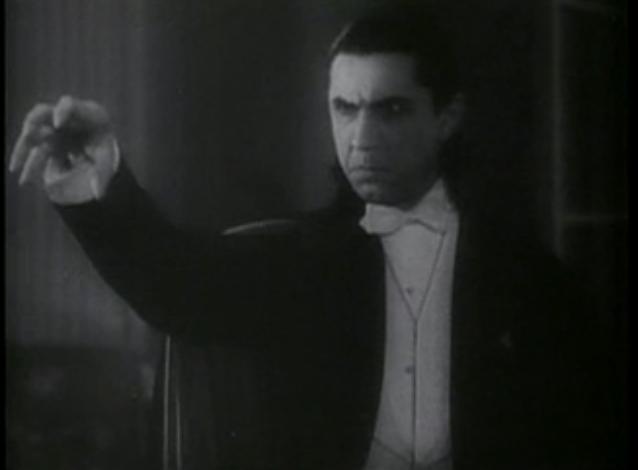
In his early handwritten notes for Dracula, Bram Stoker considered giving the vampire these attributes:
- can banish good thoughts, create evil thoughts and destroy will
- is affected only by relics that are older than he is
- cannot be painted, any portrait looks like someone else
- cannot be photographed, photographs come out black or like a skeleton corpse
- insensitive to music
- cannot cross thresholds without assistance, stumbles on threshold
- can determine and prove if people are sane
- leeches are attracted to him, then repulsed
- can pick out murderers
- despises death and the dead
- can tell if bodies are dead or alive
Jonathan Harker’s stay at Castle Dracula was originally to include “an encounter with a ‘wehr wolf’,” and at the London zoological gardens “Dracula enrages eagles and lions but intimidates wolves and hyenas.”
The notes also shed some light on a puzzle I’d mentioned earlier: Why does Dracula choose England in the first place? Stoker’s notes include the phrase “English law directory sortes Virgilianae central place marked with point of knife.” Sortes Virgilianae is Latin for Virgilian lots, a form of divination in which advice or predictions are sought by interpreting passages from Virgil. In Bram Stoker’s Notes for Dracula, Robert Eighteen-Bisang writes, “Did Dracula choose his law firm by a stabbing a knife into a law directory, or decide on the location of his new home by thrusting a knife into a map? The vampire’s use of divination is in keeping with the supposition that he is a sorcerer.” None of this made it into the final novel, but it might still be the explanation that Stoker had in mind.
